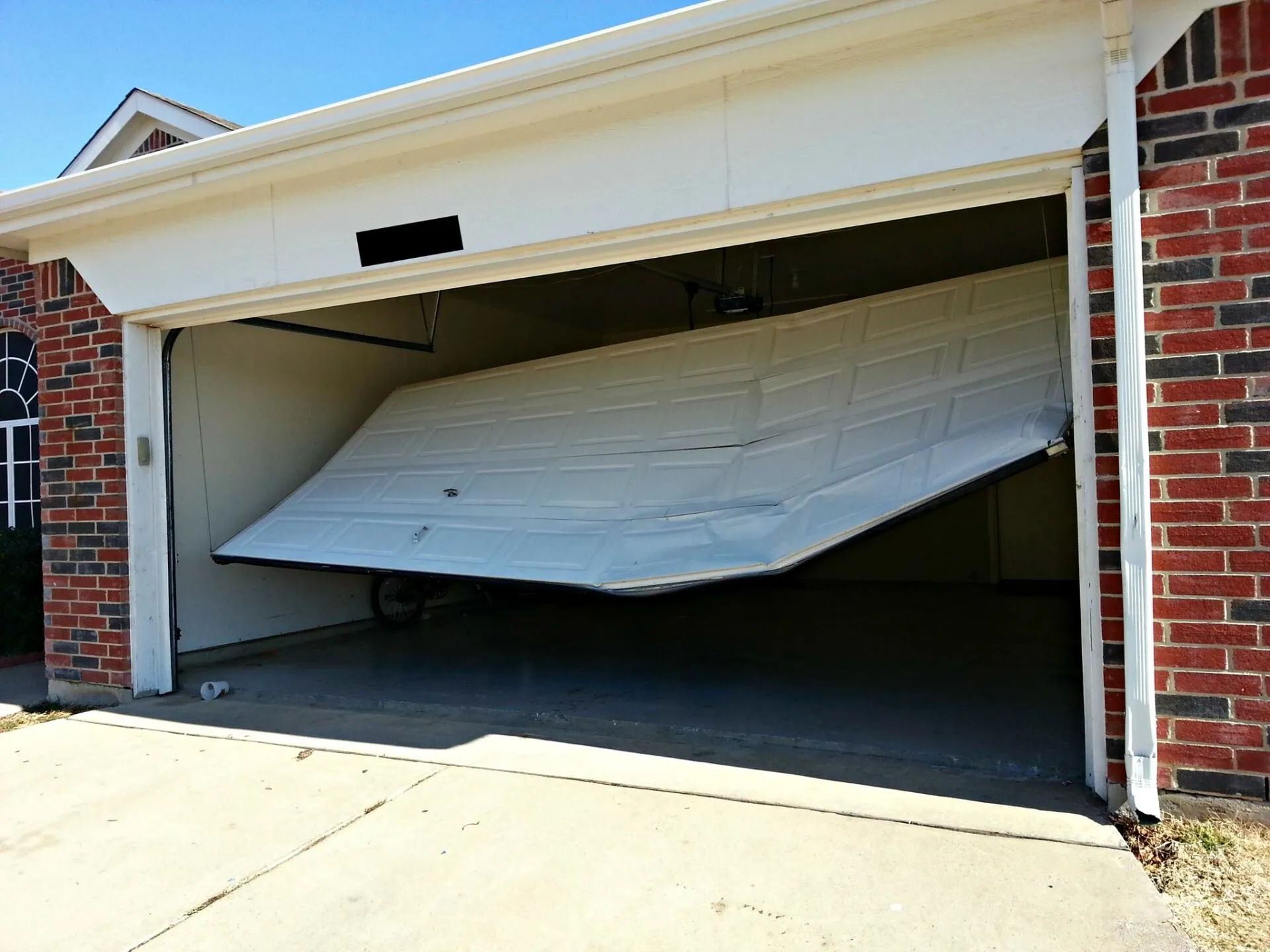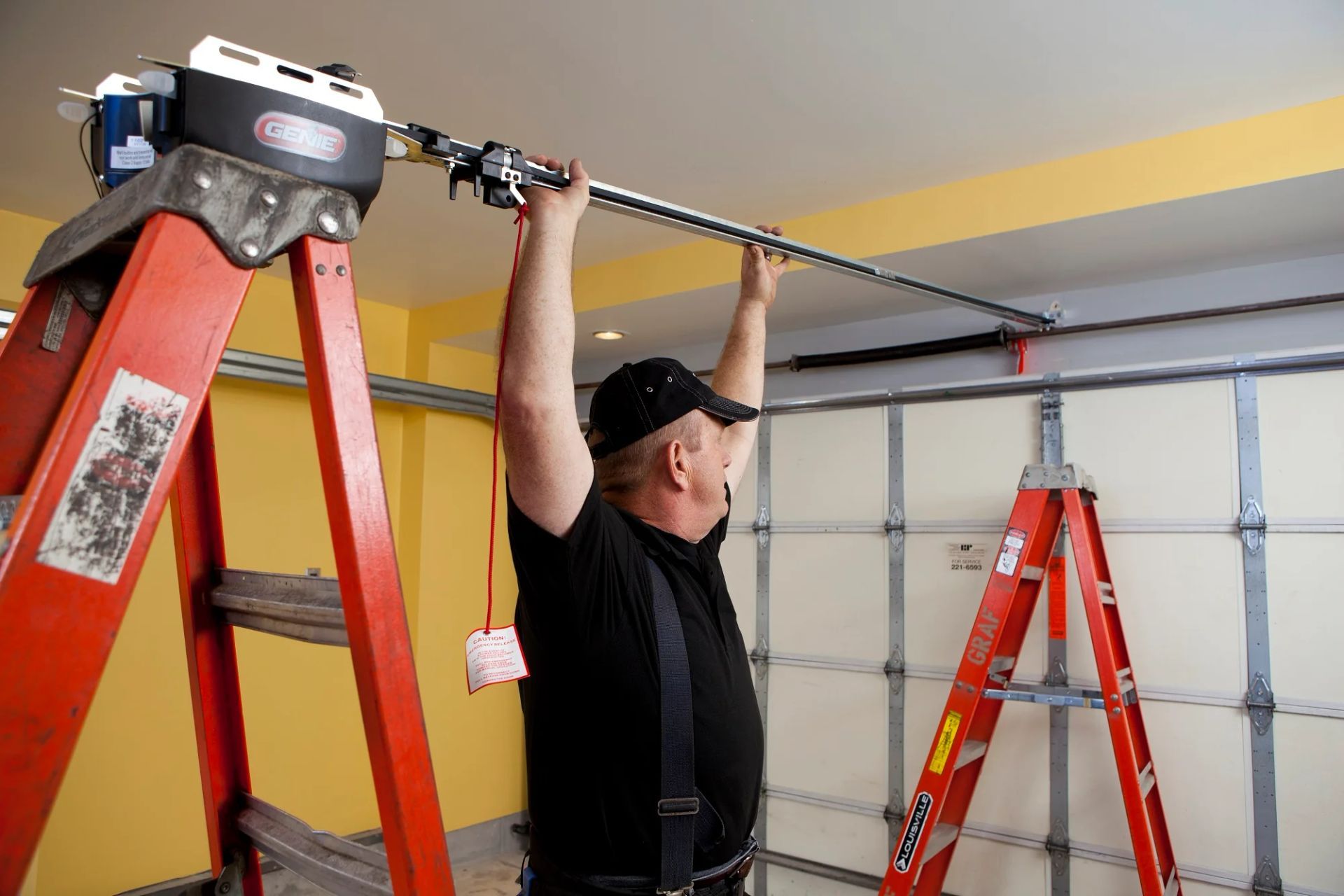How to Fix a Garage Door with Broken Cables

When dealing with a garage door that’s no longer functioning properly, one of the most common issues can be broken or frayed cables. A malfunctioning garage door can disrupt your daily routine, but with a bit of guidance, you can address this problem safely and effectively. If you live in Buckeye, AZ, and need professional help, don't hesitate to reach out to JCTZ Garage Doors for garage door repair Buckeye AZ services. They offer expertise in handling such repairs, ensuring that your garage door is functioning like new. However, for those who are confident in their DIY skills, here’s a step-by-step guide to fixing a garage door with broken cables.
Identifying When the Cables Are Broken or Frayed
- Uneven Door Movement: A broken or frayed cable can cause the door to move unevenly. One side may move faster than the other, or it might cause the door to tilt to one side as it opens or closes.
- Visible Fraying or Damage: Inspect the cables for any visible damage, such as fraying, wear, or snapped strands. A frayed cable will appear unraveled or weakened, making it less capable of bearing the door’s weight.
- Door Stops Working: If the garage door suddenly stops moving and no other issues are present, it’s likely the cables have snapped. Without the cables to lift the door, the door will become stuck in place.
- Loud Noises: A snapped or frayed cable may cause unusual sounds when operating the door. If you hear a grinding or snapping noise, it could be an indication of cable failure. Aside from broken cables, learn the common problems you can encounter with your garage door, read “Common Garage Door Problems.”
How to Safely Release Tension on the Springs
- Disconnect the Power: Always unplug the garage door opener before working on the door to avoid accidental activation.
- Use a Winding Bar: A winding bar is a long metal rod used to release tension from the torsion springs. Insert the bar into the winding cone of the spring and carefully turn it in the direction that relieves the tension.
- Loosen the Set Screws: Use a wrench to loosen the set screws on the winding cone. This step should only be done once the tension has been released. This will allow you to safely adjust or replace the cables without the risk of the spring snapping back.
- Check the Spring Condition: Before proceeding, check the springs for any signs of wear or damage. If the springs are damaged, it’s best to replace them before proceeding with cable installation.
Making the Switch from the Old to the New Cable
- Disconnect the Old Cable: Start by detaching the old cable from the drum. Use a pair of pliers to loosen the cable from the drum’s hook, and ensure it is fully disconnected from the door and the spring system.
- Remove the Cable from the Pulley: Next, remove the cable from the pulley and any other attachment points. This might involve removing a few bolts or screws, depending on your door's system.
- Prepare the New Cable: Measure the new cable to ensure it matches the length of the old one. Insert one end of the cable into the drum, securing it with a hook or knot.
- Reattach the Cable to the Pulley: Feed the cable through the pulley system, making sure it runs smoothly along the tracks and attaches properly. Make sure the cable is aligned and tensioned correctly.
- Secure the Cable: Once the cable is in place, secure it by attaching it to the drum and the pulley system. Ensure there are no twists in the cable, and it moves freely when tested.
Adjusting the Door’s Balance After Cable Replacement
- Check the Door’s Position: Close the garage door manually and check its position. If the door doesn’t stay level, it may be out of balance.
- Adjust the Springs: If necessary, adjust the tension on the springs to achieve the correct balance. If one side of the door is heavier than the other, adjust the spring tension on that side to level the door.
- Test the Door: After adjusting the balance, test the door by opening and closing it a few times. It should move smoothly and remain level.
- Recheck the Cables: Once the door is balanced, inspect the cables to ensure they’re properly aligned and securely attached.
Inspecting the Pulleys for Wear and Tear
- Check for Wear: Inspect the pulleys for visible wear, cracks, or rust. Worn pulleys can cause the cables to fray and should be replaced immediately.
- Test the Rotation: Manually rotate the pulleys to ensure they move smoothly. If you hear any grinding noises or if the pulleys don’t spin freely, it’s time to replace them.
- Examine the Bearings: The bearings inside the pulleys should be smooth and undamaged. If they’re worn, the pulley won’t function properly, leading to cable issues.
Lubricating the Cables and Pulleys
- Choose the Right Lubricant: Use a silicone-based lubricant or garage door lubricant to avoid attracting dirt and debris. Avoid using grease, as it can accumulate dirt and create more problems.
- Apply Lubricant to the Cables: Spray the lubricant onto the cables while the door is in the closed position. This ensures that the lubricant is applied evenly along the length of the cable.
- Lubricate the Pulleys: Apply lubricant to the pulleys and their bearings to keep them moving smoothly. This will help reduce friction and extend the lifespan of the components.
When to Call a Professional for Cable Repairs
- If the Springs Are Damaged: If the torsion springs are damaged or broken, it’s best to leave the repair to a professional. These springs are under high tension and can be dangerous to handle without the proper tools and experience.
- If You’re Uncertain About the Repair: If you’re not sure about any aspect of the repair, it’s always better to call a professional. Incorrect installation can cause further damage to the door system.
- For Routine Maintenance: Even if you’re able to replace cables yourself, a professional can perform routine maintenance and inspections to ensure the entire garage door system is functioning optimally.
Conclusion
Fixing a garage door with broken cables requires careful attention to safety and proper technique. While some tasks, like replacing cables and adjusting the balance, can be handled with DIY skills, others, like working with torsion springs, should be left to the experts. Whether you tackle the repair yourself or enlist professional help, ensuring your garage door is functioning properly will help prevent future issues and keep your home secure.
Is your garage door in need of a repair? Don’t risk further damage—call
JCTZ Garage Doors for reliable and professional service. Our expert technicians are equipped to handle any garage door problem, from broken cables to spring repairs. Get your garage door working smoothly again with our top-tier services in Buckeye, AZ. Don’t wait until the issue worsens—reach out to our team today! We guarantee fast, affordable, and dependable service.







